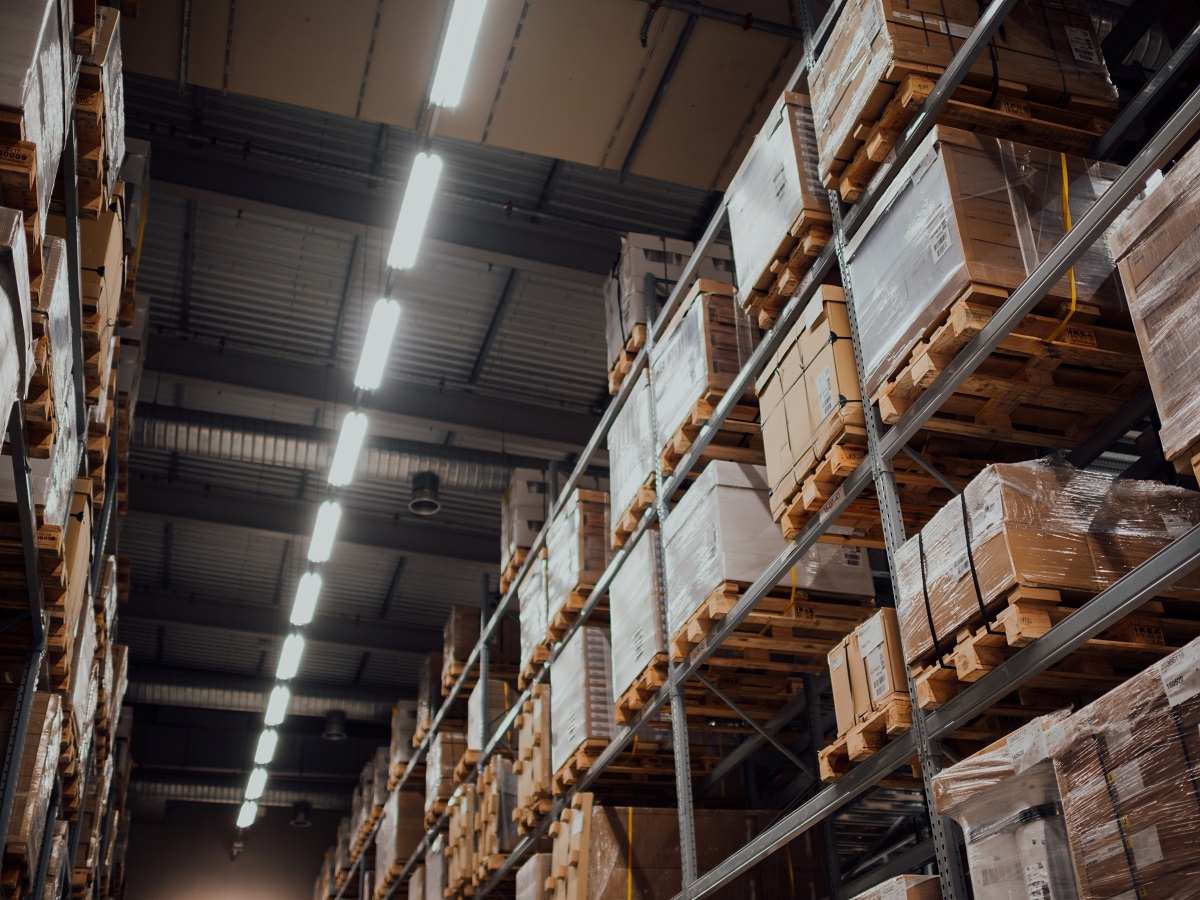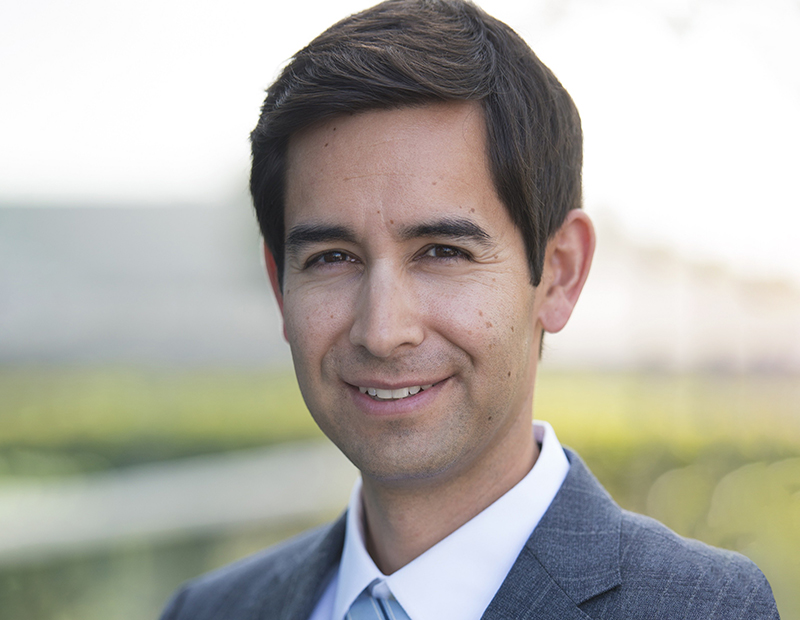Will the Inland Empire’s Industrial Boom Continue?
DAUM Commercial’s Gus Andros and Andrew Lara on what’s ahead for the region’s industrial market.
The Inland Empire, historically regarded as a key industrial market, saw record-level demand for industrial space as online sales surged during the pandemic. In the fourth quarter of 2020, some 19.1 million square feet of industrial space was leased, slightly down from 19.8 million square feet in the third quarter, according to JLL’s fourth-quarter market report. Although around 19.7 million square feet of new product was delivered in 2020, supply still lags demand, the same document revealed.
READ ALSO: Industrial Real Estate 2021 Expectations
Due to limited land availability, however, it is increasingly more challenging to fulfill the need for industrial space in the region. DAUM Commercial Real Estate Executive Vice Presidents Gus Andros and Andrew Lara discuss whether the Inland Empire has room for more growth and how the increased demand is reshaping market fundamentals.
The pandemic has boosted the need for industrial space across the country. How has the Inland Empire benefited from this sudden increase in demand?
Andros: Historically, the Inland Empire has benefited due to its proximity to the Los Angeles and Long Beach ports of entry—where the product has come in from Asia—as well as major population centers. It has long been a key region for major distribution and e-commerce facilities.
The rapid increase of demand for online shopping options due to the pandemic has created an even greater need for industrial facilities in the region, especially those ranging over 100,000 square feet and those that best accommodate last-mile delivery.
With industrial continuing to prove itself as one of the more in demand, steady and relatively safe sectors of real estate, more institutional capital is flowing into the region. Many businesses are relocating to the Inland Empire as they are priced out of Los Angeles submarkets like City of Industry, Mid-Cities and the South Bay.
Demand is outpacing supply which, in turn, is impacting land values, sale prices and lease rates significantly.
How has increased demand impacted industrial development in the region? What can you tell us about the current development pipeline?
Lara: Prior to the pandemic, the Inland Empire was a top-performing industrial market in Southern California and even nationally. Over the last 10 years, developers active in the region have been continuously searching for available land.
Even before the accelerated demand for e-commerce space, we were already seeing a move toward more industrial development into the eastern area of the Inland Empire, as far as 60 to 90 or more miles from the ports. For example, we recently sold a site for a 1 million-square-foot, build-to-suit industrial building, located on a 60-acre parcel in Hesperia.
What type of industrial facilities are most popular among tenants?
Andros: Industrial facilities that feature best-in-class distribution amenities such as high clear heights, multiple dock doors and secured truck courts are the most attractive to today’s tenants.
READ ALSO: Industrial Real Estate Clear Leader in Moody’s Report
Where have you seen the most leasing activity?
Lara: We are seeing strong activity throughout the Inland Empire, in the traditional western hubs as well as further east, including the High Desert area.
Tell us about the main challenges the Inland Empire’s industrial sector had to face in 2020.
Andros: The main challenge that the Inland Empire’s industrial sector faced in 2020 was keeping up with the velocity of tenant demand. The acceleration of e-commerce on a large scale created a further sense of urgency, putting pressure on occupancy timelines, especially with buildings nearing completion.
What are some of the emerging markets within the Inland Empire? Does the region provide room for more growth?
Lara: Some of the emerging markets for industrial development and activity are High Desert—Hesperia, Victorville and Apple Valley—as well as South Perris and Beaumont/Banning to the east.
While there is absolutely room for more growth into these markets, developers must get creative and adjust their strategies to accommodate markets with limited land availability, as many areas of the Inland Empire West have become infill submarkets like those in Los Angeles.
How do you expect the Inland Empire’s industrial landscape to evolve in 2021 and beyond?
Andros: As brokers with decades of experience in the Inland Empire, we have helped countless investors and tenants alike secure rare and lucrative opportunities to develop, acquire or lease space in the area. We have been successful at doing so because we have identified alternatives beyond their typical submarkets and requirements.
Normally in December and early January, tour requests and proposal submissions typically decrease. Fortunately, that has not been the case this year. There has been heightened activity immediately from the start of 2021 and we expect this strong momentum to continue. As activity continues to increase, we will see lower vacancy rates with increased competition.










You must be logged in to post a comment.